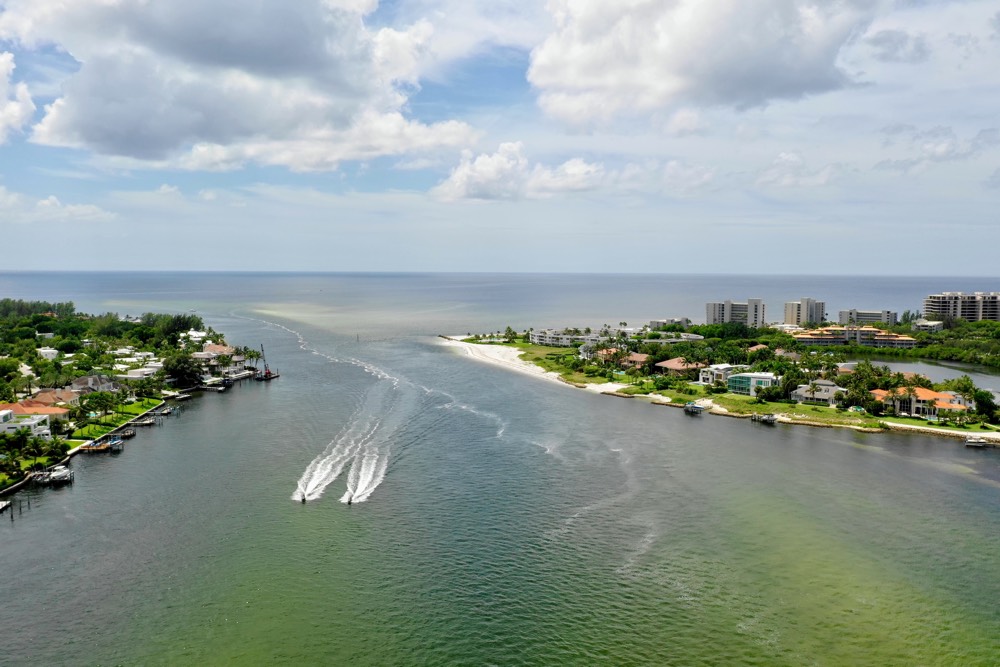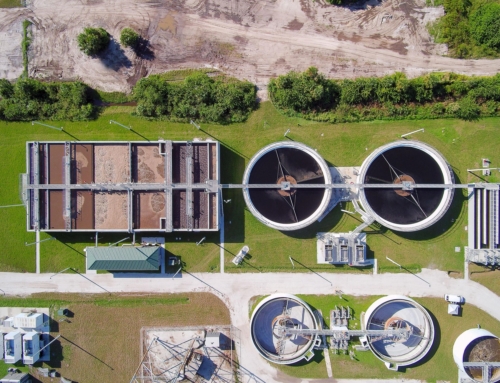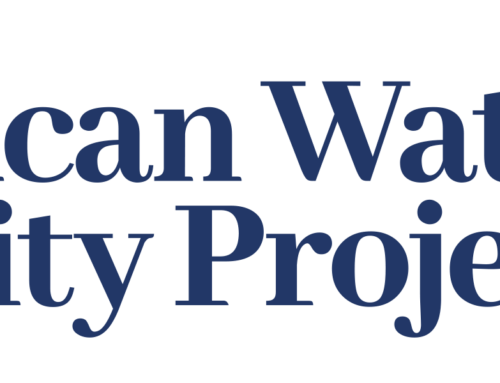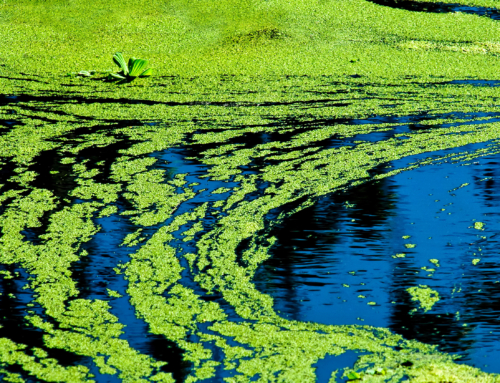
Coastal Ecosystems Subject to Lag Time
In Florida there is a current sense of relief – 2019’s Harmful Algal Blooms may not be as bad as 2014, 2017, or 2018. And the state just approved a record setting expenditure on habitat restoration and water pollution reduction. So when will the local waterways heal themselves?
Before we answer that question, we must address the GIANT, NITROGEN ELEPHANT in the room – why would the waterways heal themselves? Have reductions in coastal pollution been so dramatic in the last nine months as to warrant our highest optimism? Well, no. While some work is currently underway to reduce local waterway pollution, especially dealing with the key pollutants from sewage and septic failures, very little new work has been completed yet. In fact, it will take a few years to finish just the work that’s already been planned and started. And we all know that’s just a small piece of what needs to be completed along our struggling coastlines.
And so then it’ll all get better? Well, no. Or at least not yet.
Coastal ecosystems are subject to what we call in daily life a “time lag.” Ecologists refer to the time lag as “delayed density dependence.” Major changes in the health of waterways don’t occur, or at least aren’t obvious, during the early low-level nutrient enrichment or pollution in the water, because that pollution has allowed a select group of “primary producers” – plants and algae – to successfully expand with slight nutrient enrichment. In healthy estuaries, the dominant groups of organisms are generally seagrasses. If the grass is healthy, it can take up a chronic level of pollution for many years, before succumbing to stress and mass die-off. As nutrient loading escalates in less healthy waters, filamentous blue-green, red, and green algae more competitively absorb nutrients and overgrow seagrasses, which as we’ve learned, causes many additional problems for us. Some of these algae species directly attach to seagrass, directly preventing the seagrass from receiving sunlight. Others are concentrated in the water column above the grasses, ensuring that most sunlight does not penetrate to the grasses, which will kill them.
Variations in dissolved oxygen levels during algal blooms are a major “direct” cause of fish kills. And even when we “turn off” the pollution flow through actions like sewage plant upgrades and septic-to-sewer conversions, the algae can hang on for some time before surrendering to the “new condition” of lower pollution loads. In many coastal ecosystems, it may take nearly a decade for excess nutrients to cycle out of the system. Then, and only then, do conditions approach those necessary for growing new seagrass beds. And as we all know, when the seagrasses recover, the birds and fish and the food web at large will return as well, signaling a healthier ecosystem.
Scientists documented the recovery of seagrass in two west Florida estuaries, taking six years (Hillsborough Bay, Sarasota Bay) and eight years (Tampa Bay) after the flow of nutrient-rich sewage was reduced. To the north, Chesapeake Bay waterways show a similar 8-10 year recovery pattern. These are not quick turnarounds, but they do show that significant recovery is possible.
As someone who has worked in the field of coastal ecosystems restoration for more than 20 years, I urge Florida’s elected officials and utilities to have and maintain a sense of urgency about investing in pollution reduction efforts, especially in the sewage and septic arena. I am harping on human wastewater over other pollution sources because it provides harmful algal blooms with a more concentrated source of nutrients and minerals that is “superfood” for them. Also, in most Florida watersheds, it is generally the largest or a significant source of pollution, but one that can be addressed and eliminated with political determination, funding, and readily available engineering projects.
Major stormwater and sewage projects typically take local government agencies, called “utilities” several years to complete, and for the reasons listed above, things will take some time to get better after these water infrastructure projects are completed. Every year delayed means at least another year “out” into the future for recovery of Florida’s waters. Delays mean the longer we wait to realize the full economic benefits of fisheries and other goods and services that healthy ecosystems can produce. Given the severity of the problem, Florida can’t afford any more laggard elected officials and bureaucratic foot-dragging by the utilities. Let’s get to work.
This post was authored by Kirk Mantay, Chair of the American Water Security Project.





